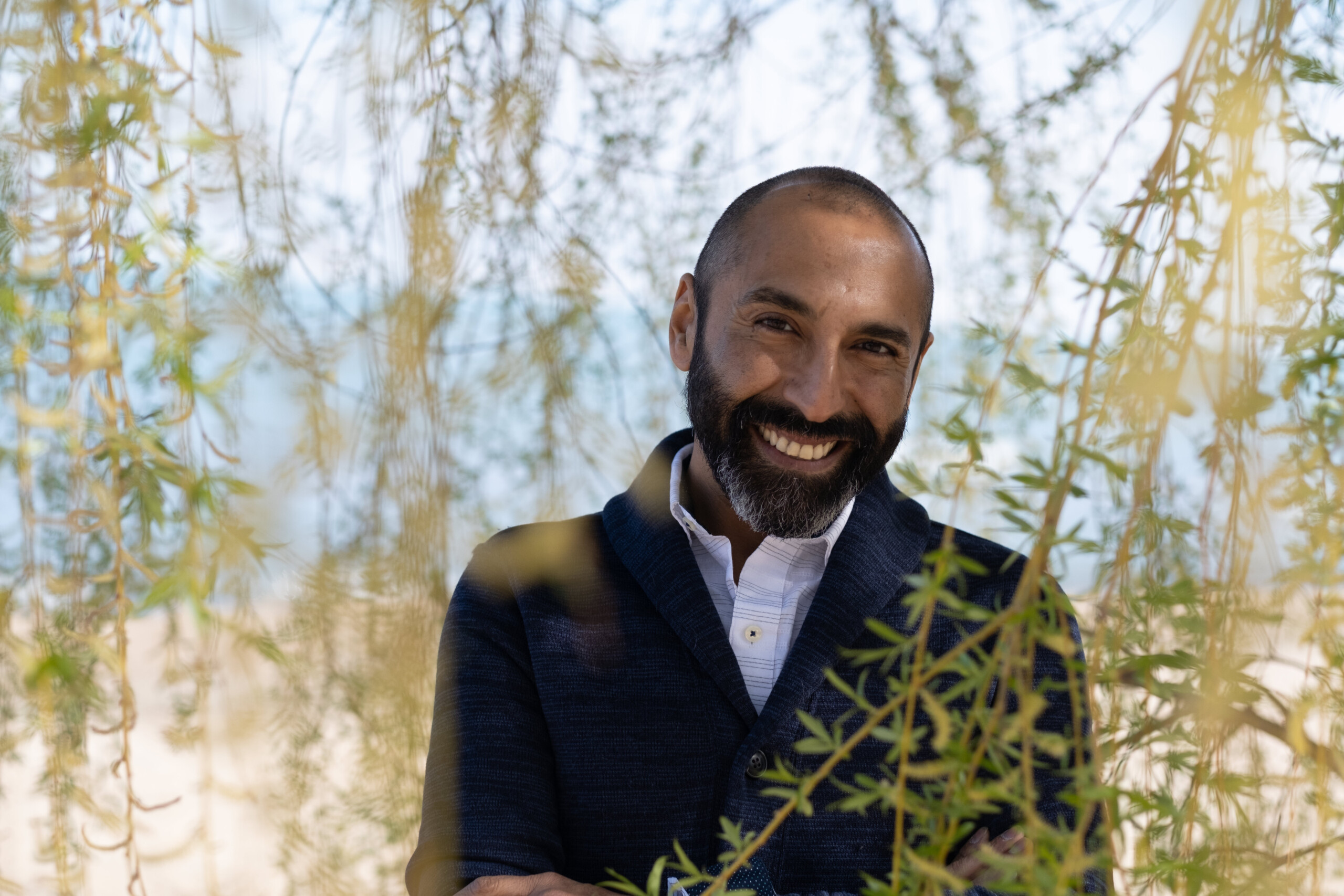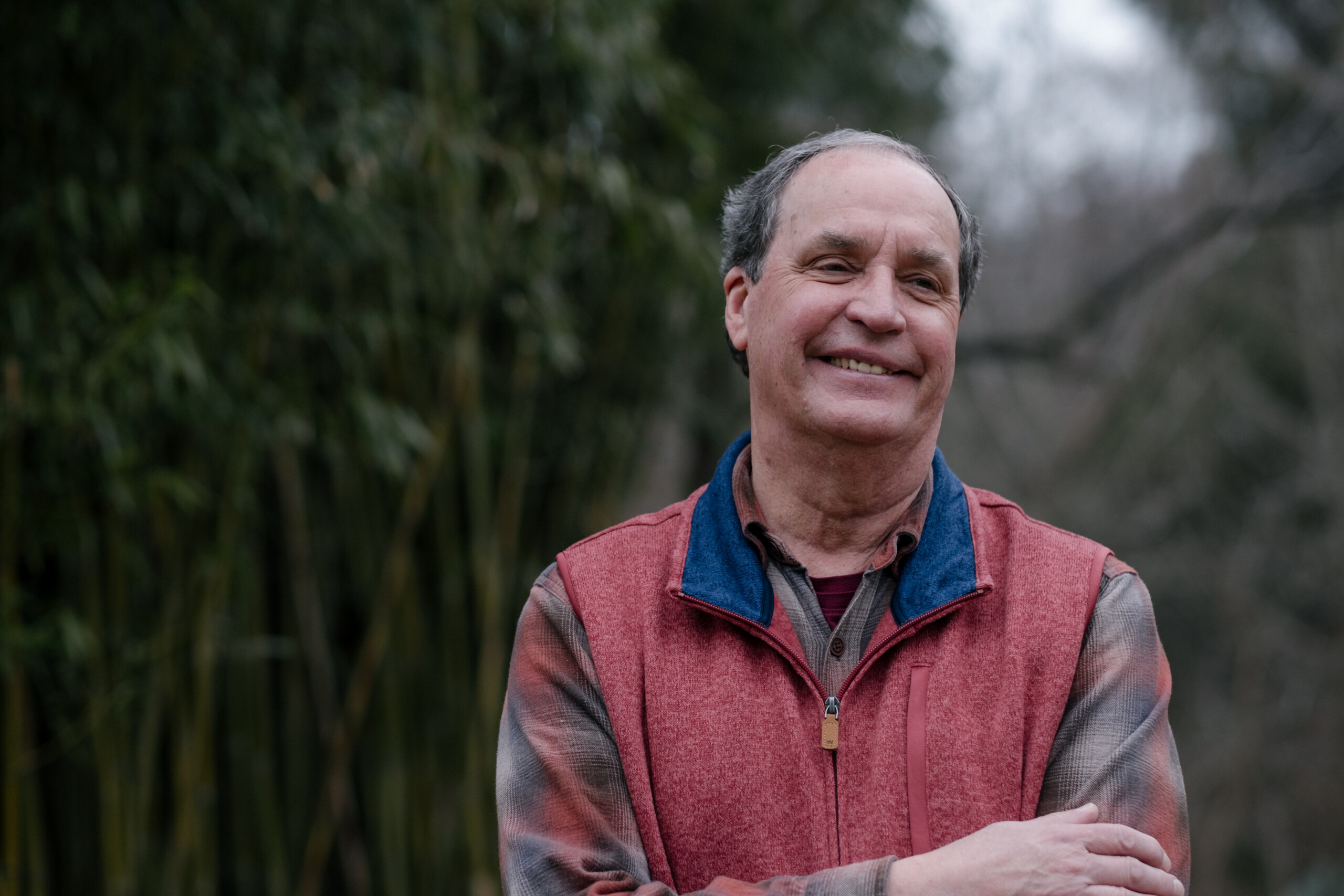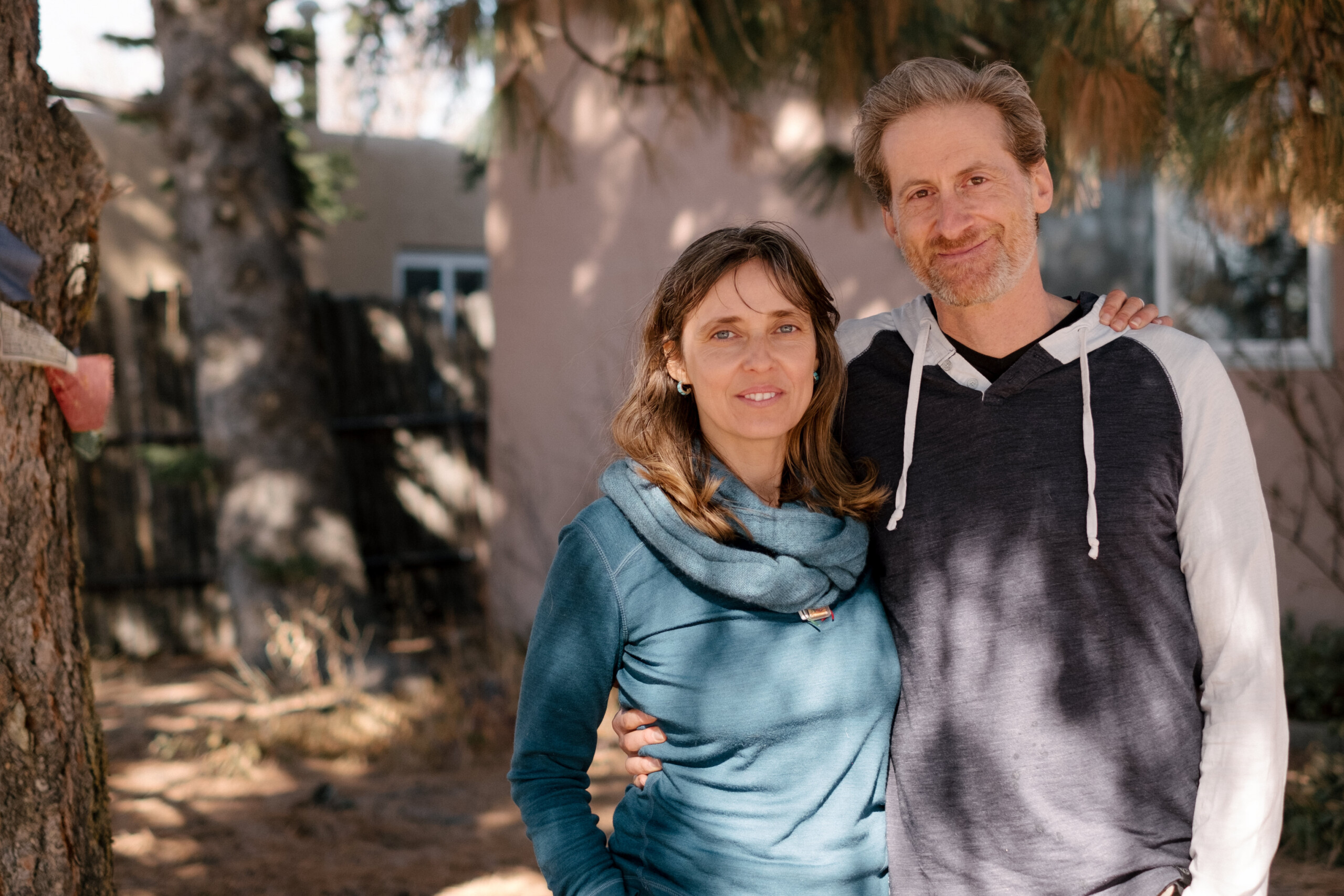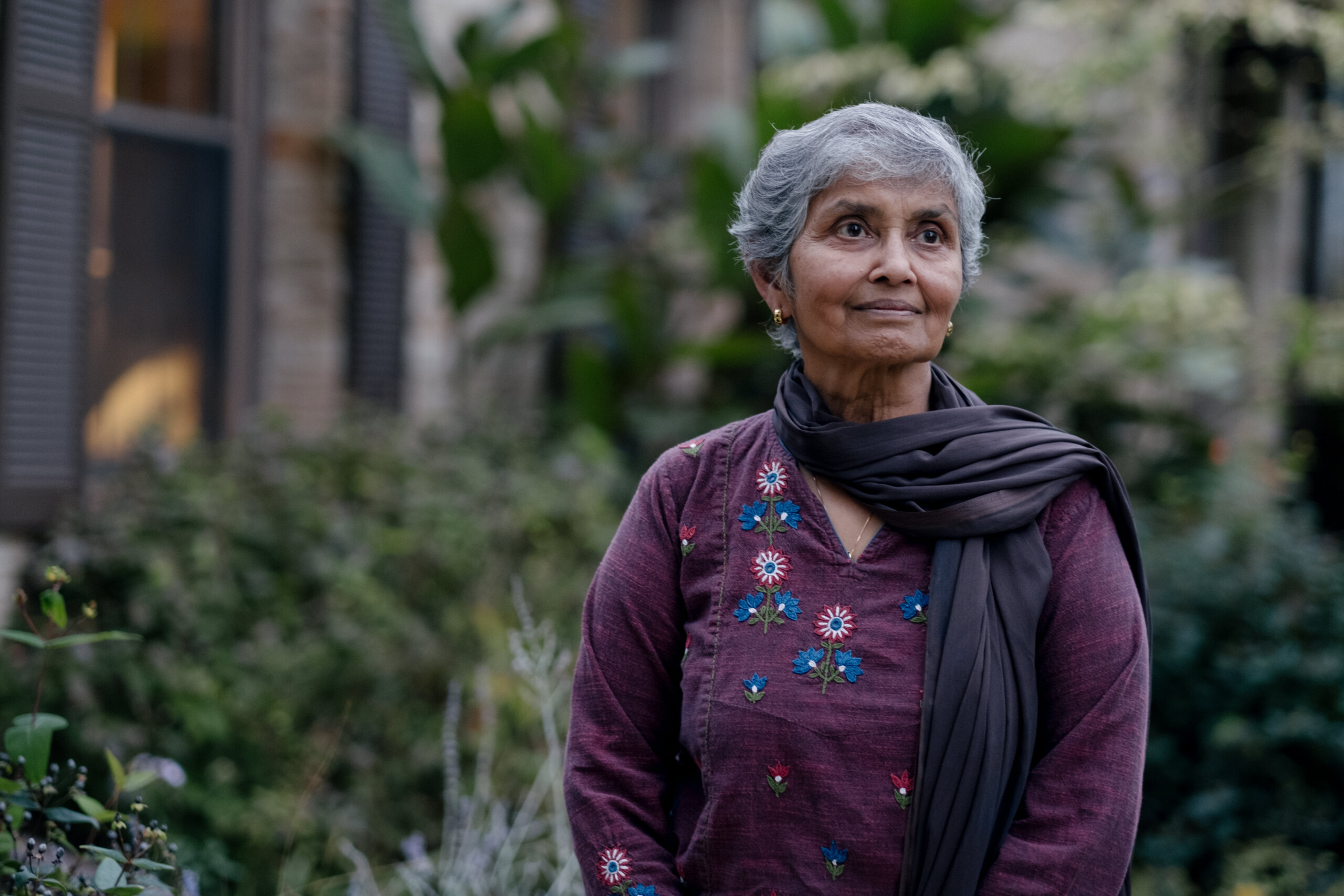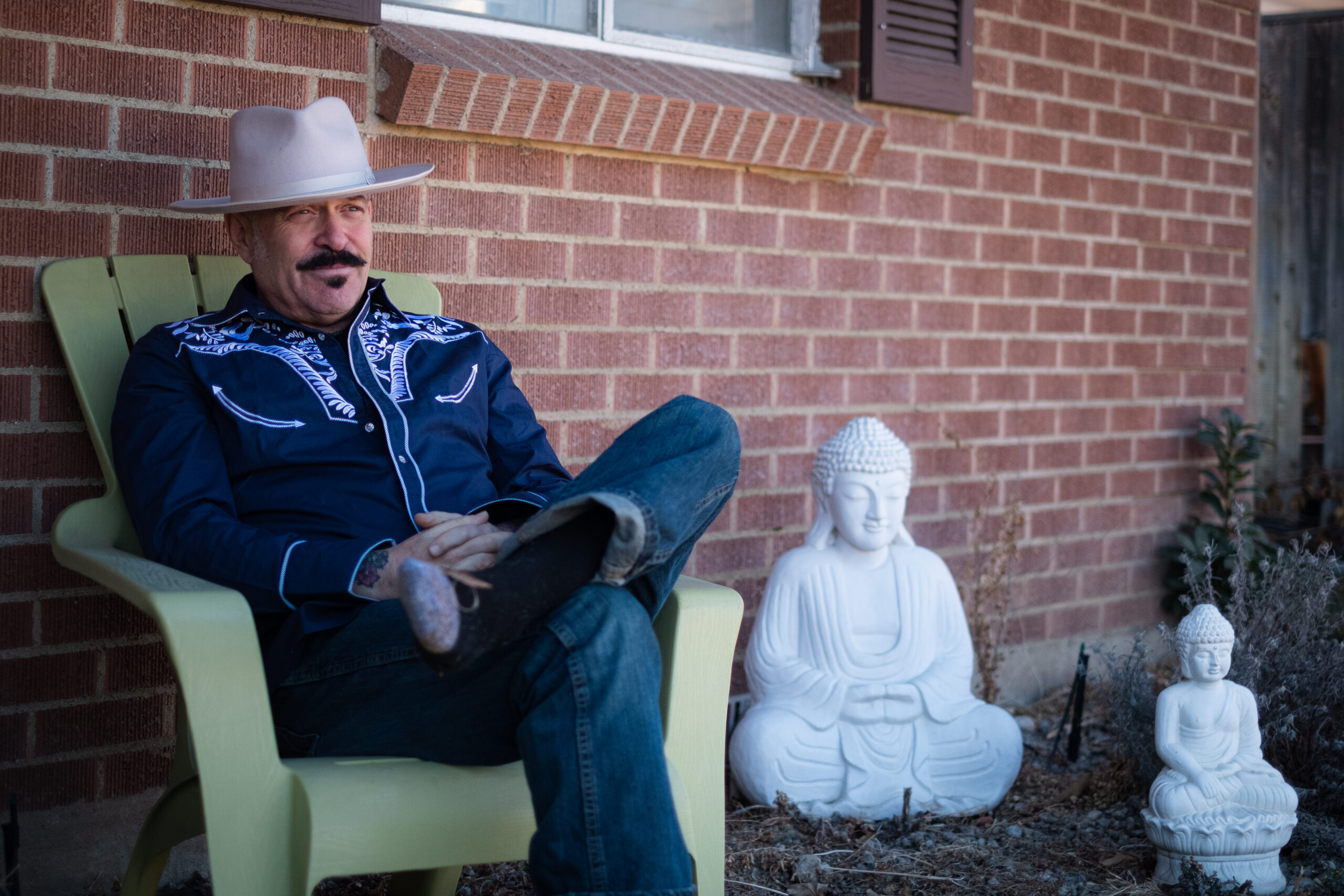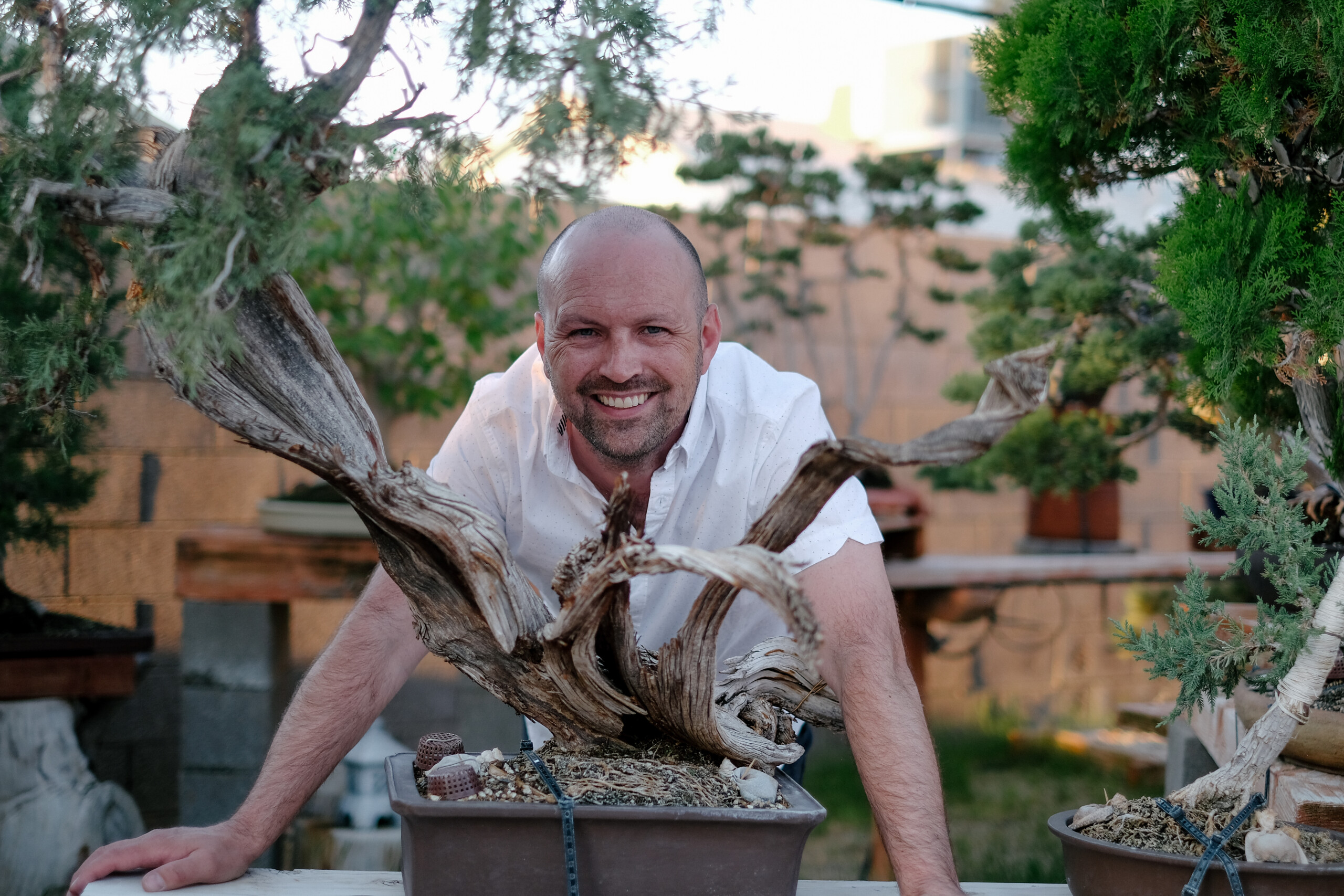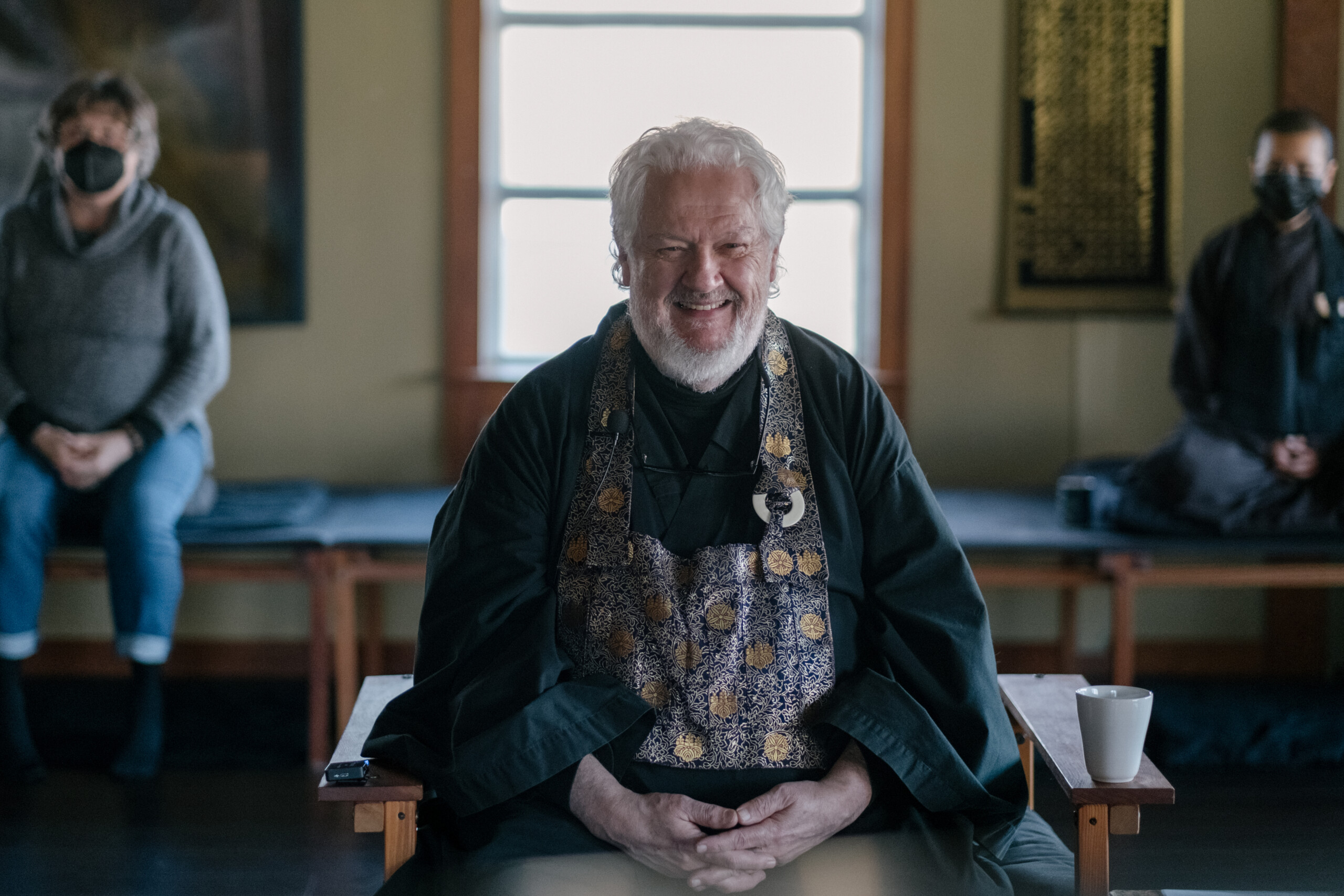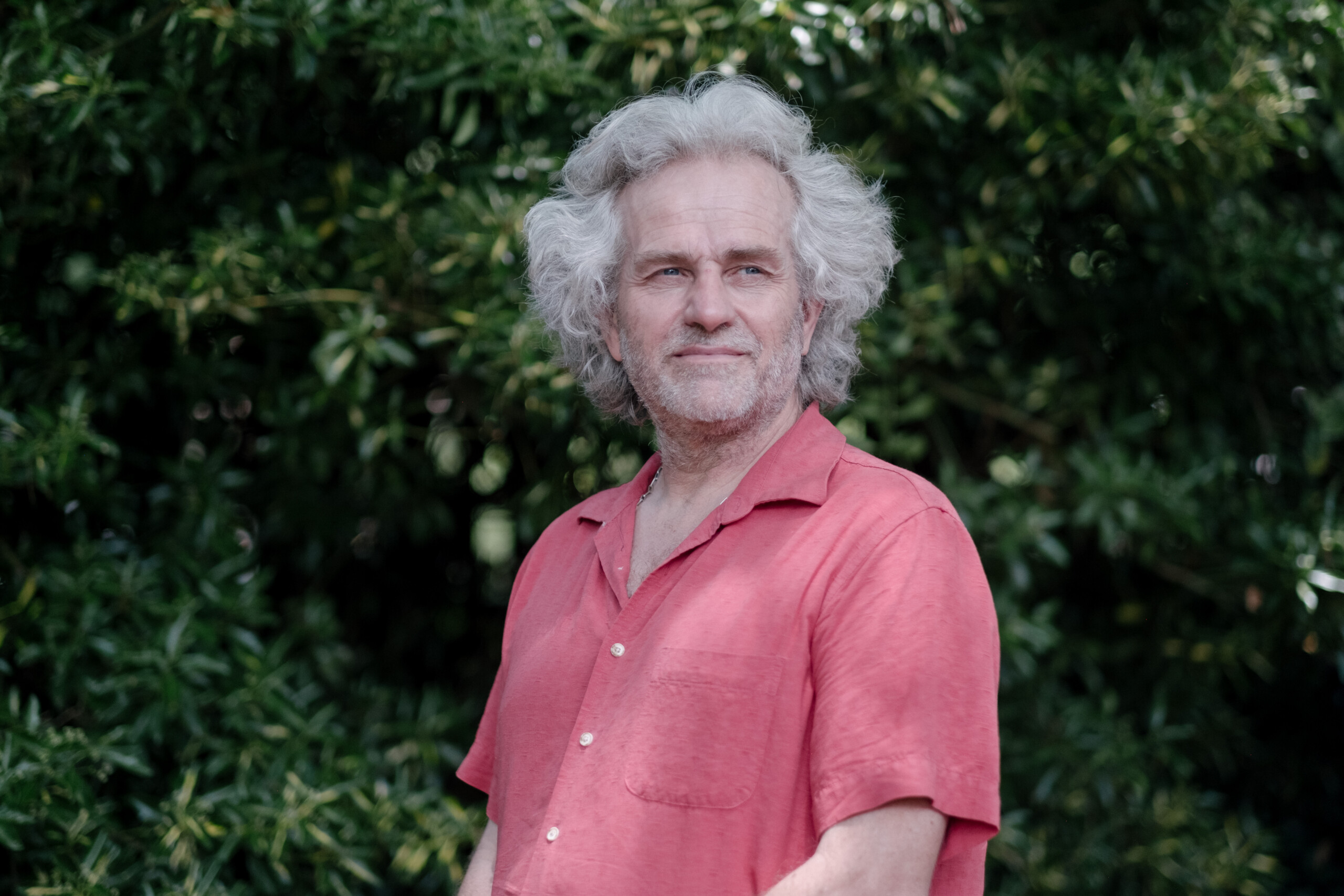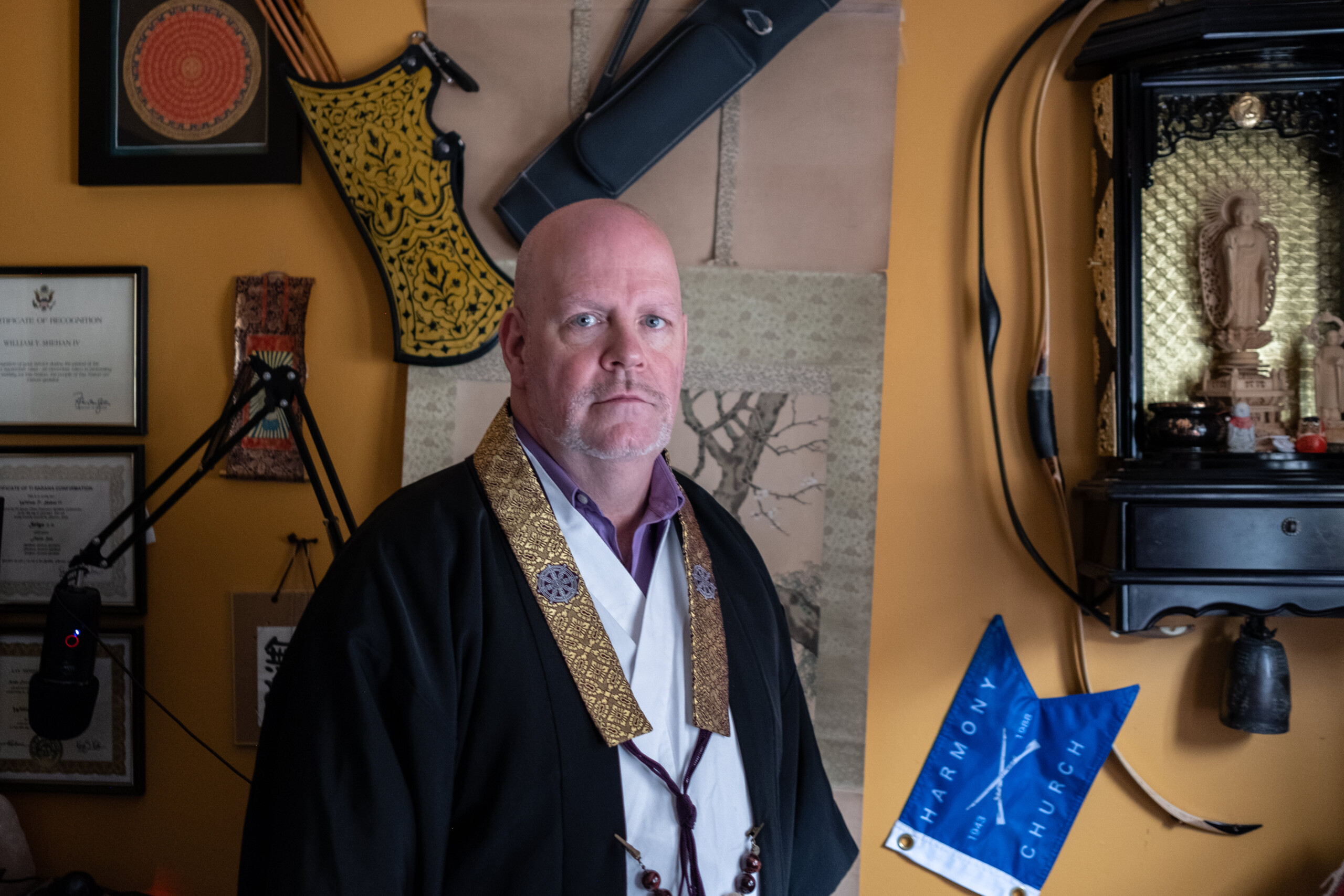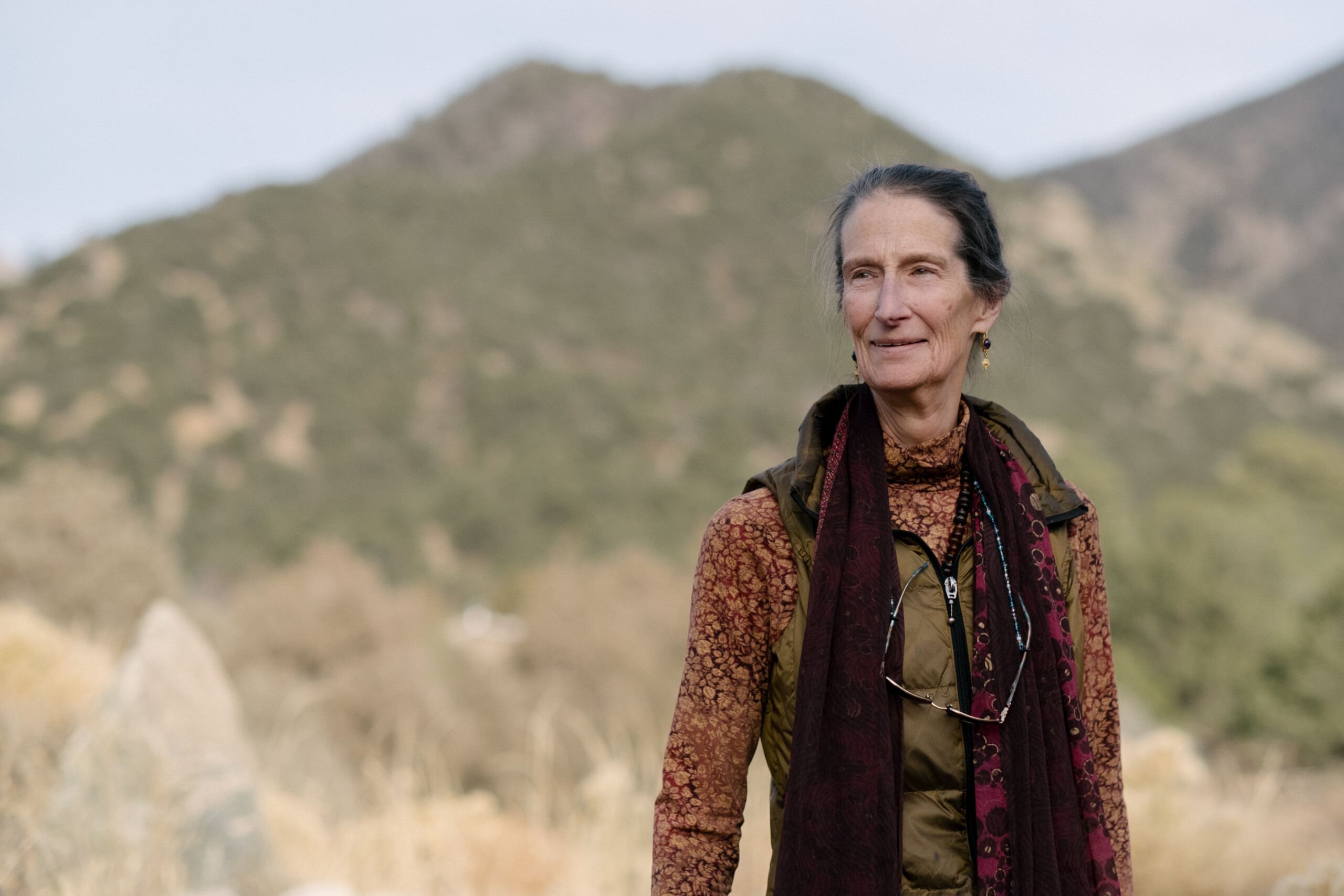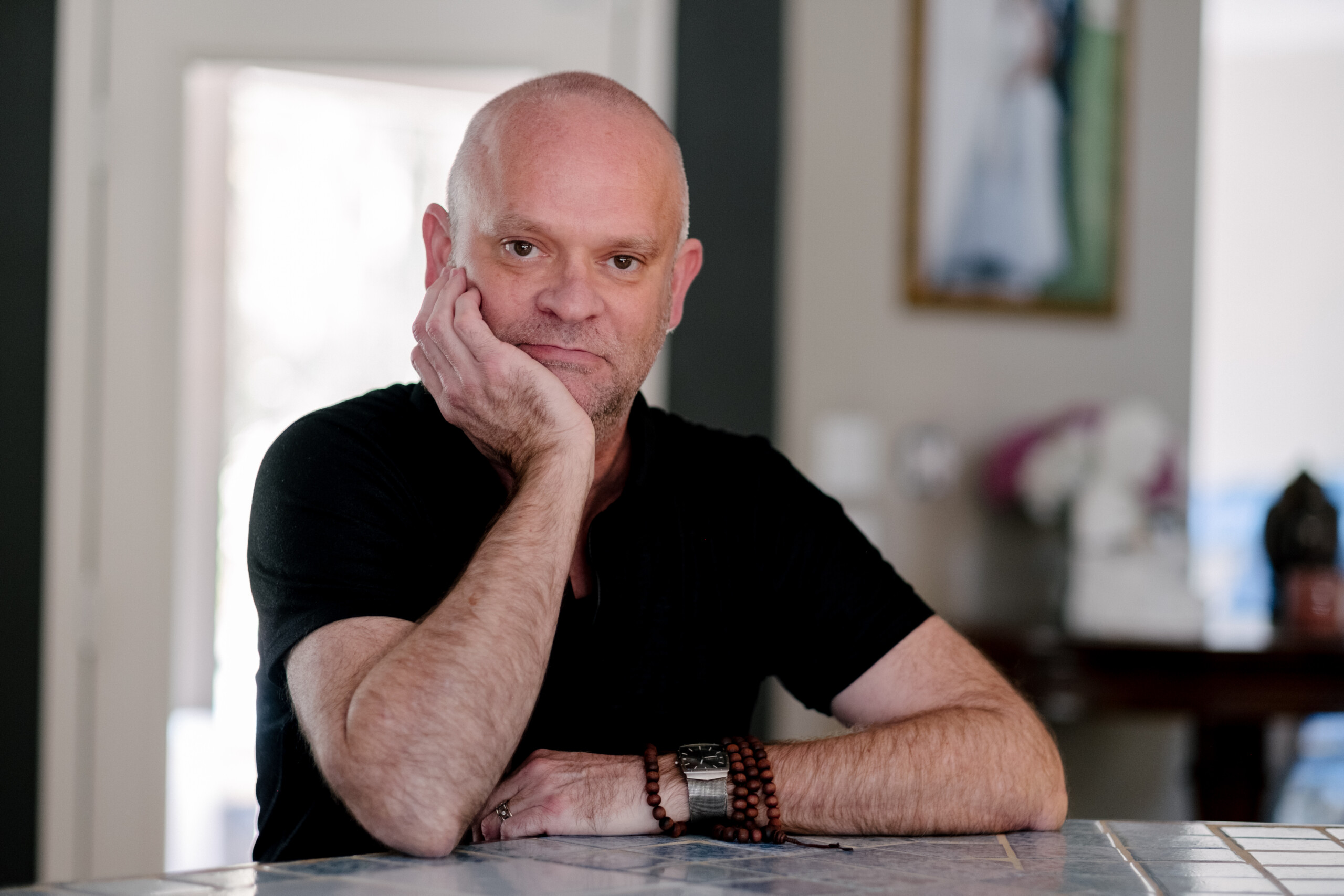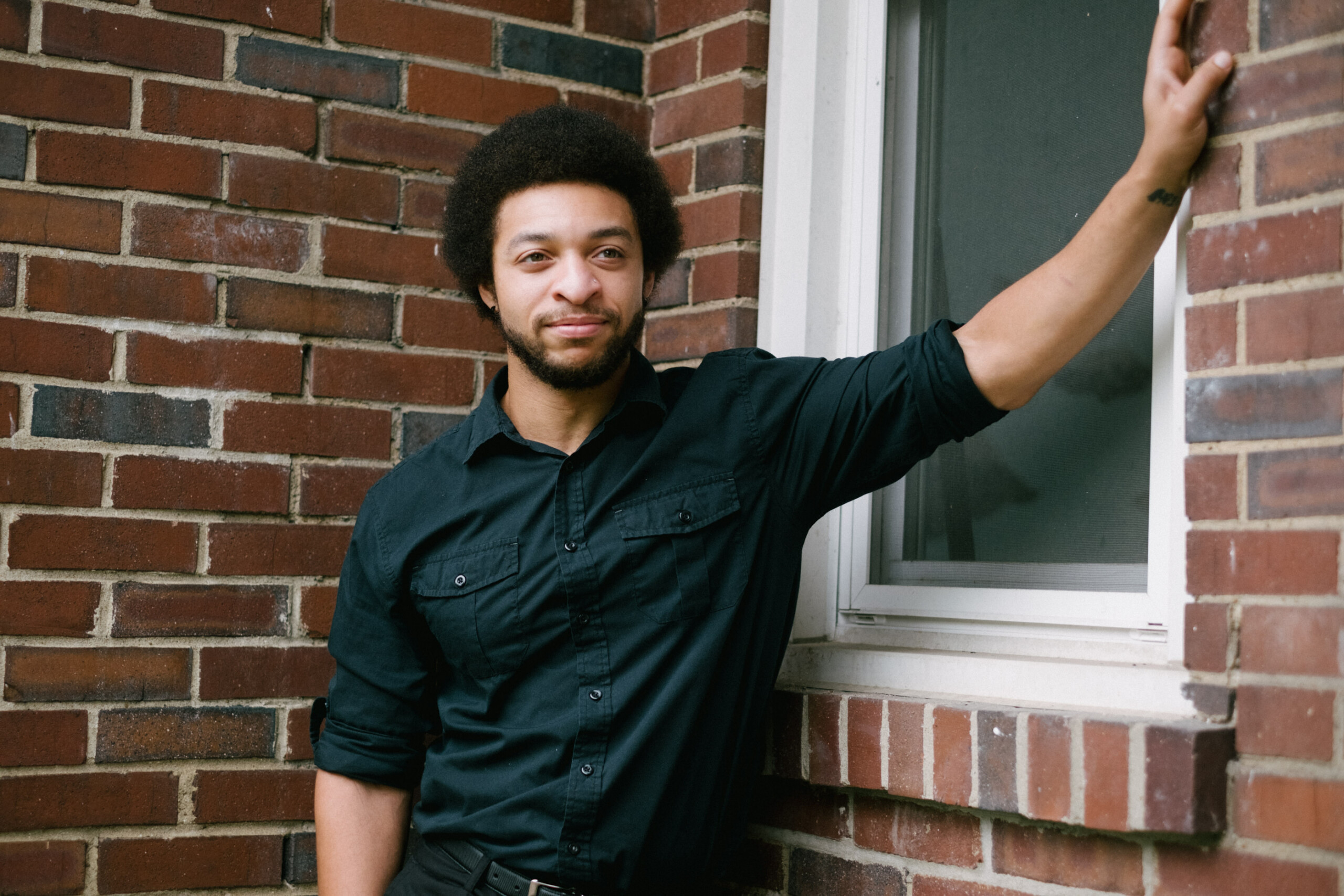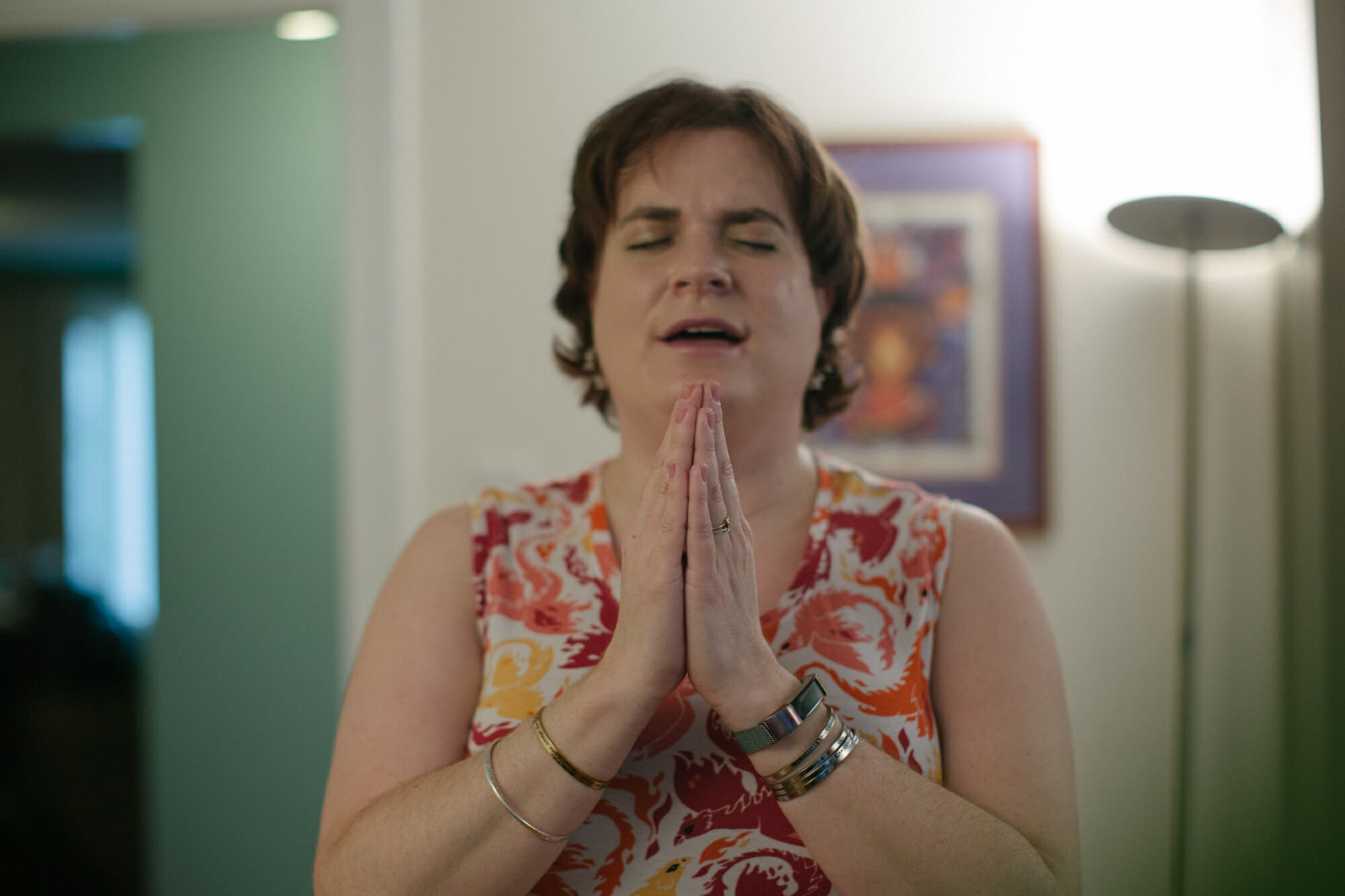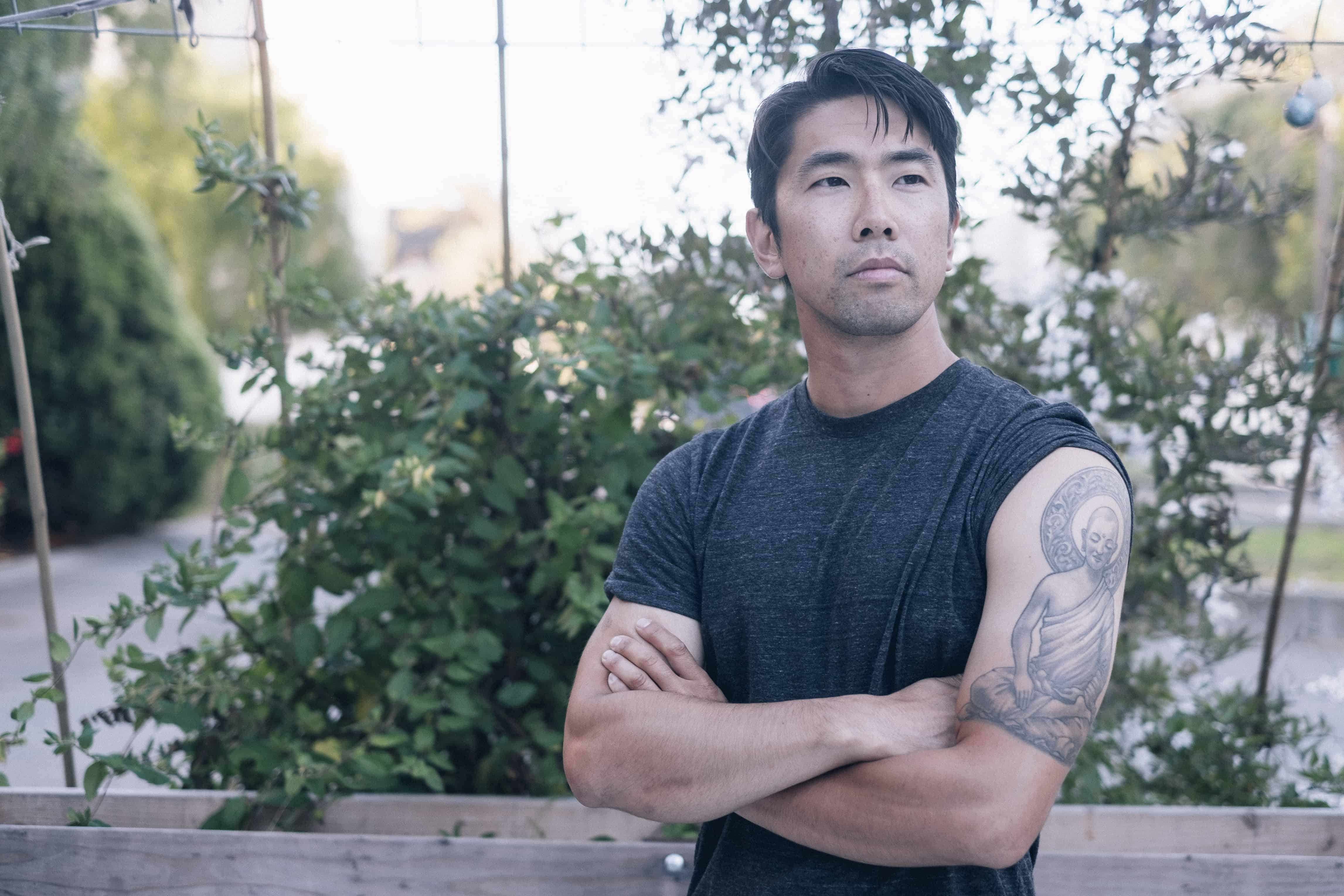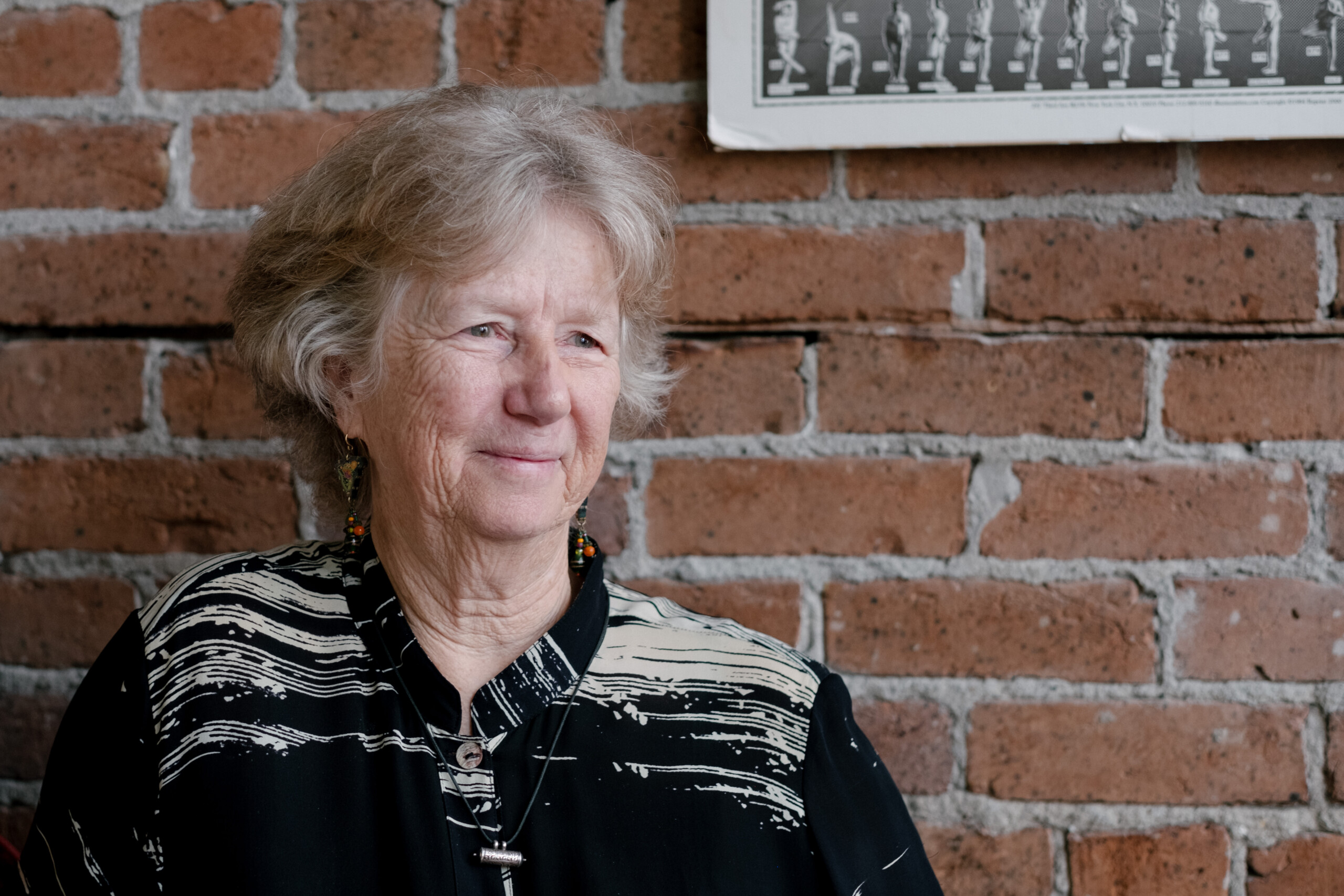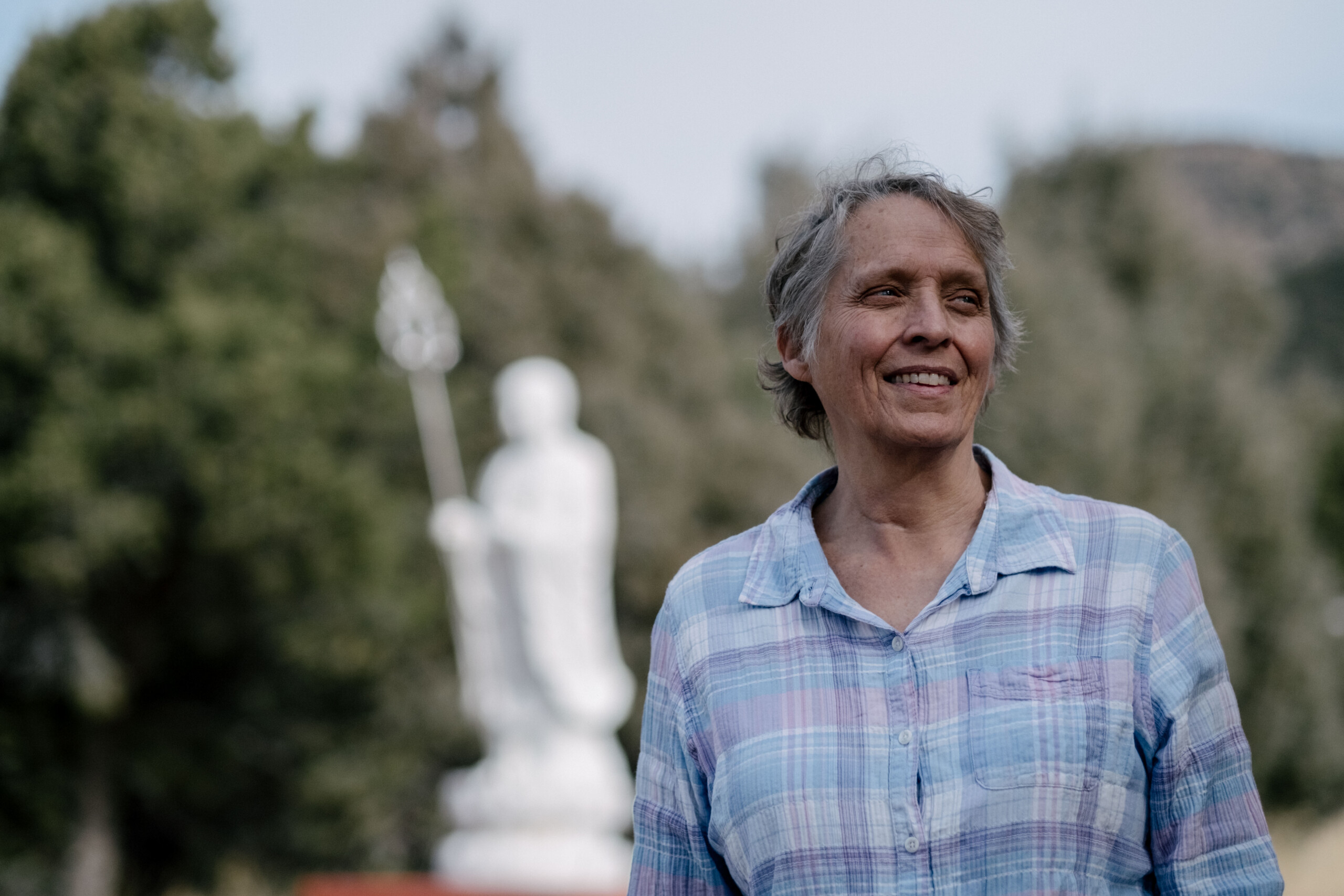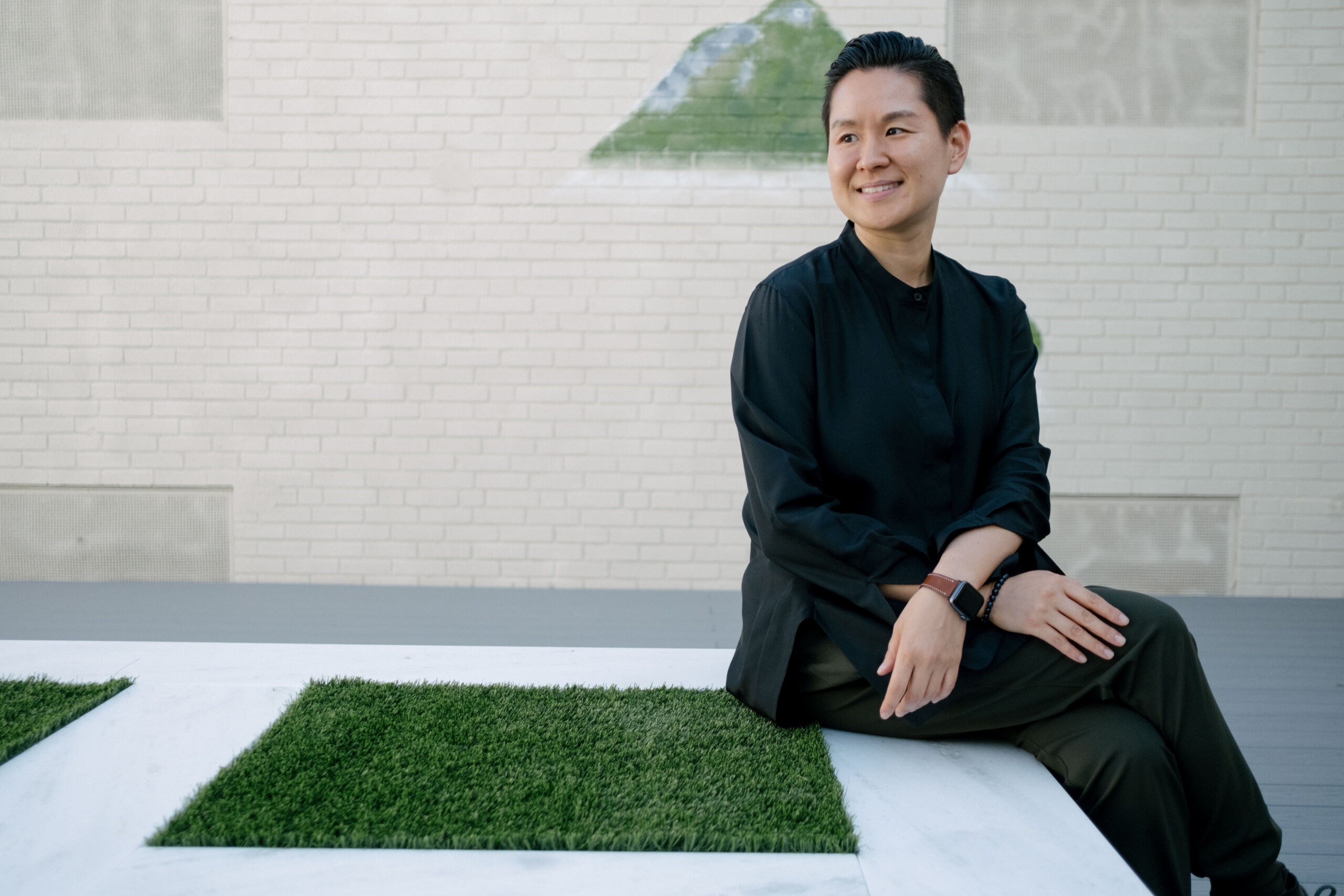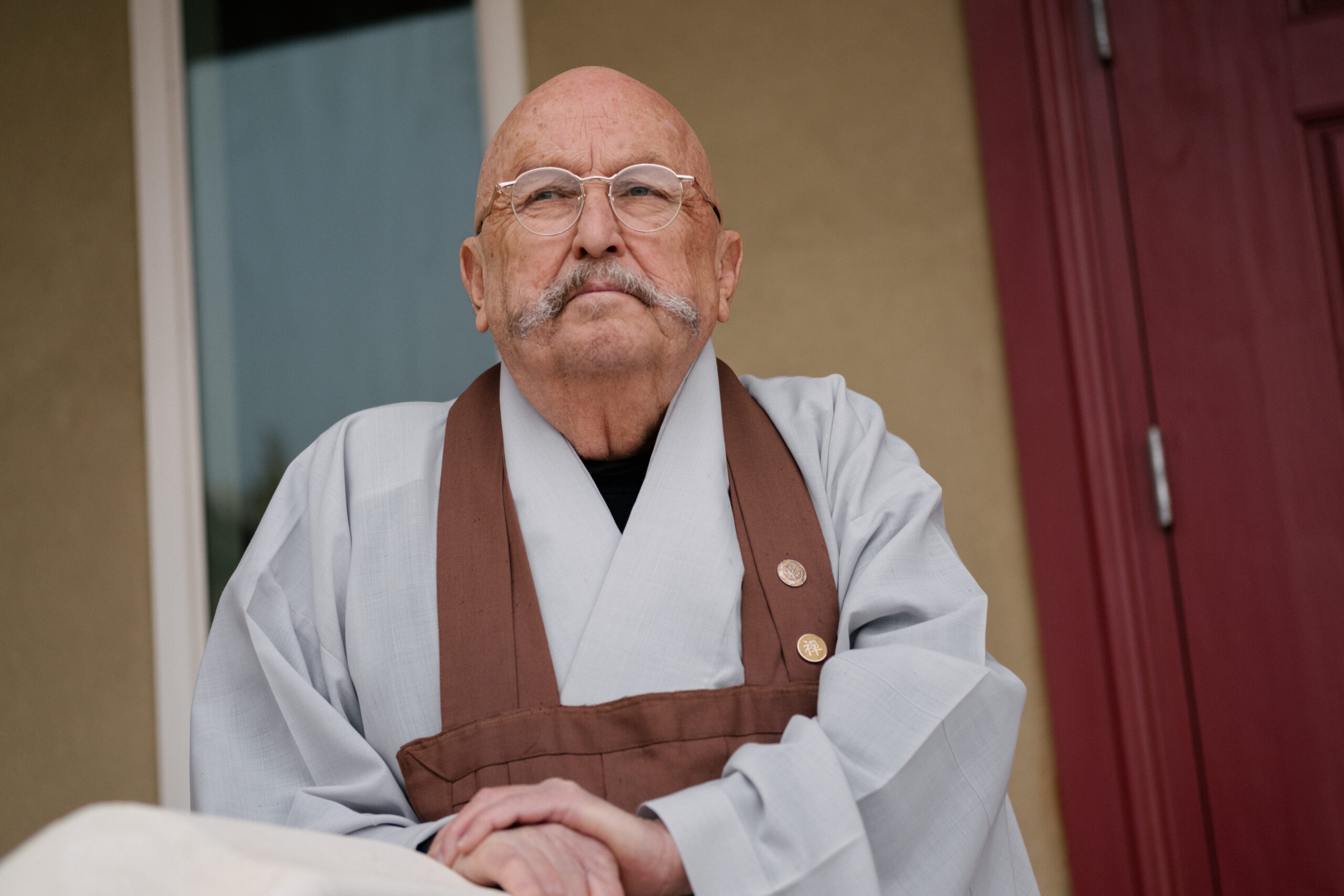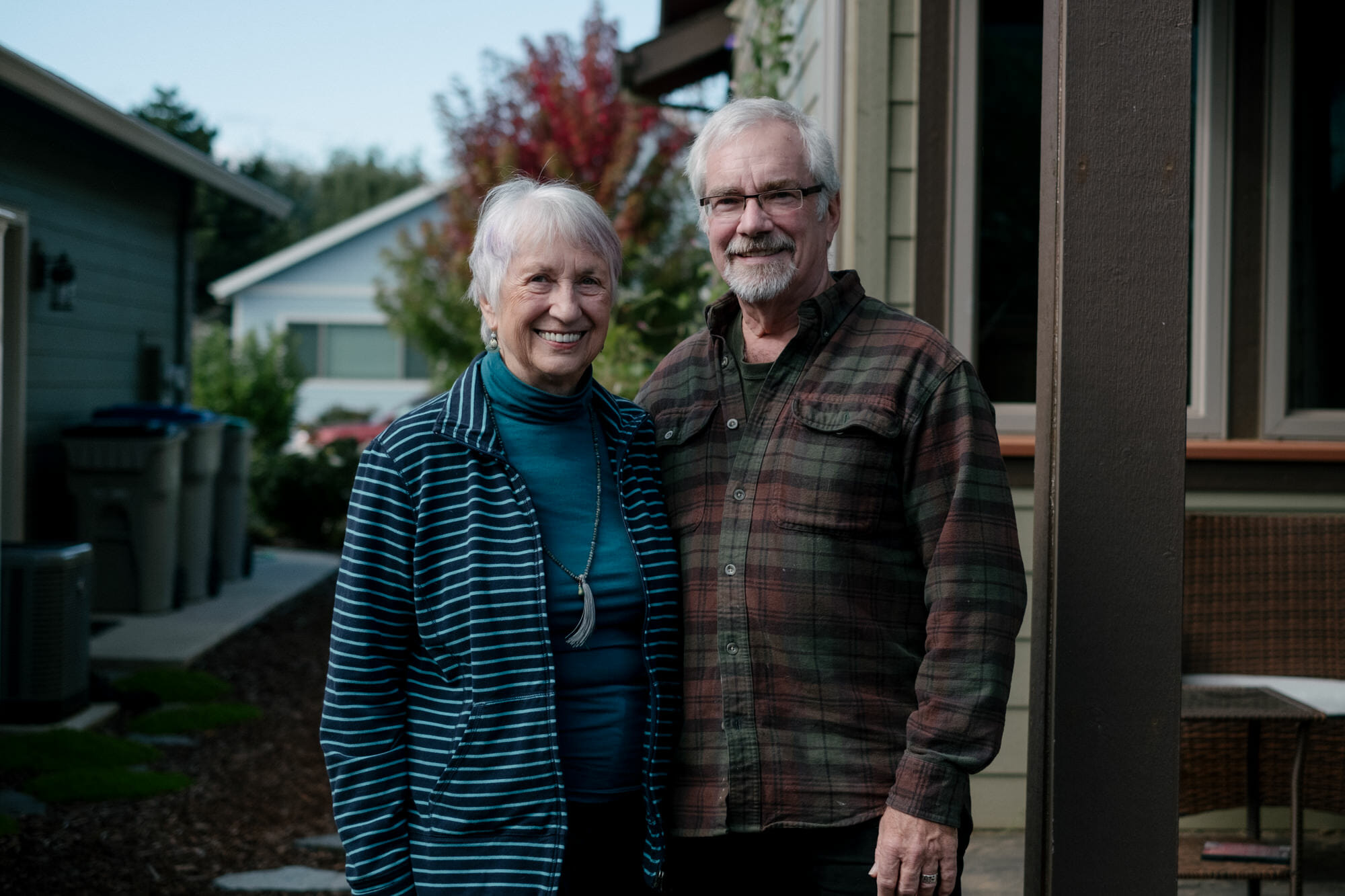Background
Joe Evans, a seasoned musician playing the violin in the Utah Symphony, shares his transformative journey with Buddhism spanning nearly 18 years. Initially drawn to Zen Buddhism in his youth, Joe’s interest deepened in college, only to be momentarily overshadowed by his commitment to music. A pivotal point arose when physical issues led him to yoga, unraveling a broader spiritual exploration.
The turning point came when Joe encountered a teaching by the Dalai Lama, inspiring him to delve into Tibetan Buddhism. Recognizing the importance of a guiding teacher, he set the intention to find one and swiftly connected with a teaching at the University of Utah. The speaker, a profound and kind figure, left an indelible mark on Joe, solidifying his commitment to Tibetan Buddhism.
Under his newfound teacher’s guidance, Joe explored fundamental principles, such as the nature of the mind, karma, and reincarnation. Emphasizing positive thinking, the teacher illuminated the path of compassion, self-love, and awareness in everyday life. Joe’s encounter with his teacher was marked by a powerful presence and clarity that resonated deeply, pushing him to integrate Dharma into his daily existence.
His daily practice revolves around “The Buddha Path,” a comprehensive manual that combines sutra teachings, tantra, and exhaustion. Joe emphasizes the importance of maintaining good thinking at all times, infusing Dharma into every moment. For him, the formal aspects of practice, like meditation and mantra recitation, serve as supports, but the essence lies in embodying Dharma in the present moment. Joe’s commitment to this practice not only sustains him but continues to energize and inspire him daily.
Adapting to the West
Joe emphasizes the crucial role of language in understanding and practicing Buddhism. He discusses the efforts led by Kenbo Choga Rinpoche to bring teachings into various languages, with a focus on English, Chinese, Russian, Spanish, and Japanese, the latter translated by Joe’s wife. Joe notes the evolution of Rinpoche’s English proficiency since their meeting in 2004.
The challenge lies in accurately translating teachings while maintaining their essence, considering the unique linguistic nuances of each culture. Joe highlights the importance of finding the right words that resonate with contemporary Western culture. He acknowledges the meticulous effort Rinpoche invests in refining translations, spending hours and days to capture the precise meaning.
An example is the term “thinking” used by Rinpoche, representing the active nature of the mind. Joe underscores the significance of language in grasping the essence of teachings, enabling practitioners to intellectually understand and eventually embody concepts like love and compassion through meditation. While English serves as a primary medium, traditional Tibetan elements, such as the Seven-Line Prayer and Sanskrit/Tibetan mantras, are preserved for their multifaceted meanings and blessing power. In summary, Joe highlights the intricate balance between preserving authentic Dharma and adapting it to contemporary linguistic and cultural contexts.
Student Teacher Relationship
After Joe’s initial meeting with Rinpoche, the teacher visited Salt Lake City frequently due to collaborative work on the Buddha Path translation. Despite not residing in the city, Rinpoche’s frequent visits allowed Joe to see him regularly. During one teaching, Rinpoche demonstrated resting in awareness, leaving a profound impact on Joe. After the session, Rinpoche offered Joe advice that proved transformative. He encouraged Joe to view himself as good, challenging his habit of self-degradation. This counsel shifted Joe’s perspective and motivated him to practice positive thinking.
Reflecting on his pre-Buddhism years, Joe acknowledged a pessimistic and fatalistic mindset. Gradual practice led to a positive transformation, with others perceiving him as consistently happy—a testament to the efficacy of his efforts.
One significant teaching involved recognizing and overcoming “cold pride,” a negative self-perception. Another impactful moment occurred when Rinpoche affirmed Joe’s inquiry about wanting to become a Buddha, emphasizing that it aligned with bodhicitta—a compassionate intention to help all beings. Rinpoche’s encouragement, coupled with a symbolic blessing, deeply moved Joe.
Joe also shared a remarkable incident during a storm in Las Vegas when Rinpoche’s teaching studio lost power. The lights returned as soon as the teaching concluded, leaving a strong impression on Joe. Another instance involved Rinpoche addressing Joe’s recurring dreams of tornadoes, linking it to jealousy. This insight prompted Joe to recognize and counteract jealous thoughts with practices of love and rejoicing.
In summary, Rinpoche’s teachings and personal interactions with Joe significantly influenced his mindset, guiding him towards positive thinking, compassion, and self-improvement.
Refuge in the 3 Jewels
In discussing the approach to refuge in Buddha, Dharma, and Sangha, Joe emphasizes the importance of developing one’s inner teacher. He explores the idea that the readiness to find a teacher is linked to the maturity of the student’s mind. Joe likens the relationship between a student and teacher to a hook and a ring, emphasizing the necessity of a receptive mind for the teacher’s guidance to be effective.
He delves into the concept that personal growth requires attention to both internal and external factors. Joe asserts that inner transformation, represented by positive thinking, serves as the cause, while the teacher functions as a condition for progress. He highlights the need for constant self-correction and the cultivation of qualities like good thinking, compassion, and faith.
Joe discusses the progression from recognizing a teacher’s good qualities to developing the inner teacher. He encourages sharing Dharma knowledge, emphasizing that teaching is a powerful tool for personal learning. Joe reflects on the inclusive presentation of the Three Jewels—Buddha, Dharma, and Sangha—and underscores the transformative impact of taking refuge in these principles.
In challenging times, such as the current global situation, Joe finds solace in refuge, particularly in his positive thinking. He emphasizes that regular practice of refuge and positive thinking helps in navigating difficult circumstances, fostering patience, kindness, and compassion. Joe advocates recognizing and encouraging positive qualities in oneself and others, viewing all beings as potential teachers on the path to enlightenment.
Lineage
In the words of Joe, a dedicated practitioner in the Zochen Buddha Path lineage, his teacher, Zochen Kimbuch, holds roots in the Zochen region of eastern Tibet. Joe emphasizes the significance of Zochen, encompassing not only high-level meditation but also the concept of “great inclusion,” incorporating all Buddhist teachings, from Hinayana to Vajrayana.
Having grown up in the Zochen area, Joe describes his teacher as one of the youngest professors at Zochen Sri Shinga University, specializing in advanced meditation. While Zochen meditation may seem daunting to Joe at present, he acknowledges the necessity of foundational practices like Hinayana teachings, stressing their importance in stabilizing the mind and facilitating progress in Mahayana and Vajrayana paths.
Joe observes that many newcomers seek Buddhism for quick stress relief, but he advocates for a more comprehensive, long-term approach. Understanding the ever-changing nature of the mind, he encourages introspection, emphasizing the active role of the mind in shaping karma and influencing well-being.
In terms of daily practice, Joe outlines the Zochen Buddha Path’s routine, including preliminary practices like Shammata meditation, reciting Namo Buddha, and a purification practice. He highlights the importance of a concluding practice, reflecting on the day’s positive and negative aspects. Joe values the collective energy of group practice and underscores the significance of resolving conflicts before bedtime during retreats.
The Zochen Buddha Path incorporates sutra practice, visualizations of Buddha Shaka Muni, and the practice of Namo Buddha, recommended by Kempo Chogorim. Joe expresses gratitude for the structured guidance provided by the Buddha Path app, which facilitates daily practices.
Further, Joe delves into the core teachings of the Four Noble Truths, essential for understanding and practicing various aspects of Buddhism. He clarifies that the Zochen Buddha Path belongs to the Ningma lineage, with similarities to Kagyu and other Ningma traditions, emphasizing the importance of both intellectual understanding and experiential meditation.
Joe appreciates his teacher’s ability to convey teachings directly and mentions specific practices within the Buddha Path, such as bodhicitta development, vajrasattva practice, and zokchen meditation. He encourages practitioners to engage with doubts during the learning and contemplation phases, emphasizing the importance of logical understanding and personal resonance before deepening meditation practices.
In conclusion, Joe highlights the profound connection he feels to the Ningma lineage, particularly through Padmasambhava, acknowledging the challenging journey of bringing Buddhism to Tibet.
Teaching in the west
Joe, a dedicated practitioner in the Dzogchen-Buddha Path lineage led by Zochen Kimbuch, reflects on his journey. Initiated in 2007 after receiving a request to organize the Salt Lake Sangha, he embraced the challenge despite initial uncertainty. Over the years, Joe has diligently organized practices, adapting to fluctuating attendance.
Undeterred by occasional solitude during sessions, Joe draws inspiration from Kimbuch, who shared similar experiences while teaching extensively across the United States. Joe encourages a resilient mindset, stressing that practicing alone doesn’t equate to true solitude, as interconnectedness is intrinsic to Buddhism.
Addressing challenges in promoting Buddhism in the West, Joe acknowledges misunderstandings and skepticism. He navigates this by emphasizing Buddhism as a skill for happiness, transcending traditional categories. He highlights the uniqueness of the Dzogchen-Buddha Path, which focuses on direct practice in the practitioner’s language, eschewing the traditional Tibetan approach.
Despite challenges, Joe emphasizes the importance of patience, understanding individual karma, and the value of planting seeds of happiness in others. He shares insights on integrating practice into daily life, transforming mundane activities into opportunities for mental purification. Joe also touches on the importance of approaching work and hobbies joyfully, aligning intentions with benefiting others.
Reflecting on his transformation, Joe cites improved relationships at work and a positive shift in the orchestra environment, attributing these changes to his evolving practice. His experience illustrates the transformative power of internal change on external circumstances, reinforcing his belief in the effectiveness of the Buddha Path teachings.
Relationships
Joe recounts his journey into taking refuge in 2006 or early 2007, inspired by a week-long winter retreat led by a teacher. Initially hesitant, Joe observed a refuge ceremony during the retreat and decided it was something he wanted. Two weeks later, he returned to Salt Lake City, bringing Mari, who had already recognized the teacher’s merits but was not as deeply committed as Joe.
The couple participated in a small refuge ceremony, where Joe questioned the significance of receiving a new name. The teacher explained that everything changes internally when one takes refuge, fostering transformation. Joe emphasizes that although external conditions may not drastically alter, his interactions and perspectives shifted significantly. Despite maintaining the same home, job, and relationships, Joe experienced a profound change in how he engaged with others.
Joe reflects on his strained relationship with his mother and family, a situation that improved remarkably through a love meditation practice. This meditation, aimed at arousing bodhicitta (a compassionate mind), involves cultivating love for one’s mother and gradually expanding it to others. Joe shares a deeply emotional transformation in his relationship with his mother, highlighting the practice’s positive impact on healing various relationships, including those with his father, siblings, colleagues, neighbors, and wife, Mari.
Joe acknowledges the benefits of having a companion on the spiritual path, citing Mari as a strong practitioner. He appreciates the support they offer each other and credits Kempo (teacher) for providing guidance that strengthened their relationship. Despite occasional disagreements, Joe emphasizes the efficacy of techniques and practices that bring people together.
Expressing gratitude for his teacher, Joe mentions the teacher’s ability to perceive their struggles without them uttering a word. He recounts seeking advice during a challenging period in his relationship and acknowledges the healing power of the guidance received. Joe is grateful for his teacher’s wisdom, but he underscores the importance of recognizing one’s own potential and positive qualities rather than merely worshiping the teacher. He emphasizes that everyone has the capacity to develop and possess Buddha nature, including his precious cat.
Freedom
Joe reflects on Buddhist teachings, emphasizing the pursuit of freedom. Grounded in the Four Noble Truths, he begins by addressing suffering, urging the importance of recognizing and understanding its causes, primarily rooted in negative thinking. Joe highlights that true freedom involves reducing negative thoughts gradually. The third Noble Truth, cessation from suffering, equates to freedom, attained by diminishing negative thinking. Joe delves into the profound connection between happiness, peace, and freedom, asserting that happiness arises from decreasing negative thinking. He stresses the natural, primordial nature of happiness in every being. Additionally, Joe discusses the causes of happiness, emphasizing positive thinking and virtues. Freedom, according to Joe, involves realizing one’s innate nature by removing temporary obscurations like negative thinking. He reflects on personal experiences, emphasizing that increased happiness leads to a sense of freedom, contrasting it with the feeling of being trapped in a cycle of negative thinking. Joe finds solace in the support of the dharma community, highlighting the transformative impact of the practice on individuals facing various challenges, such as addiction.


